Changing the world with chemistry
These women use chemistry to make cutting-edge materials, new medicines and more
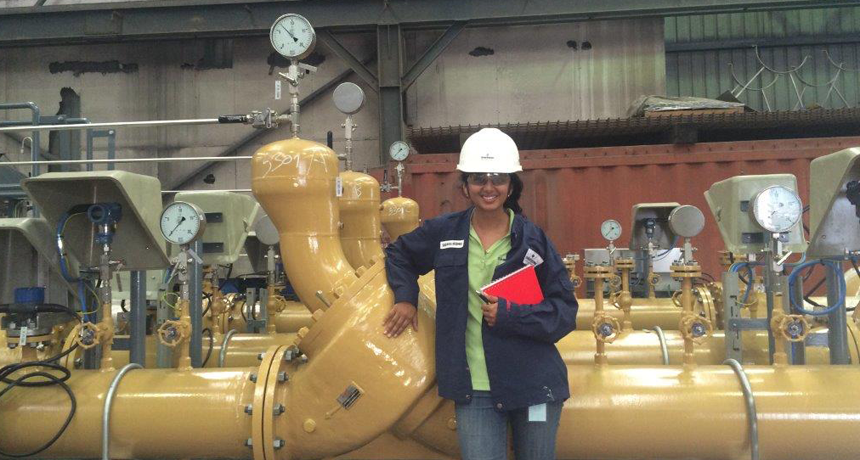
Meha Jha stands with a surge relief system she worked on in Singapore. This system is used to control flowing liquids such as oil. When the flow gets too high, the surge relief system stops it from causing damage.
M. Jha
Science News for Students asked women in science, technology, engineering and math (STEM) to send us their pictures, videos and sound clips. We wanted to show our readers examples of women working in these fields. When we first asked, we thought we might get 10 or 20 responses, if we were lucky.
We were wonderfully wrong.
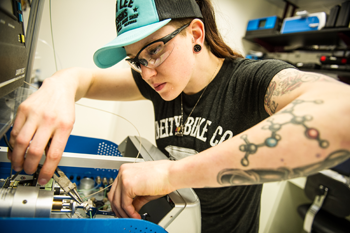
We were surprised by a beautiful flood of pictures, videos and more! Women in STEM have sent in more than 150 submissions from around the world — from Alaska to Antarctica and everywhere in between. We used some of the photos in our feature on women in science. But we couldn’t bear to leave anyone out. There’s now a post for women whose science reaches for the stars, and another about those who love the study of life. Today, we’ve got scientists who use chemistry to learn more about our world — from the water we drink to the medicines we need.
Anne Galyean
To study how chemicals affect the environment, you have to be able to find them first. Galyean develops sensors to discover where chemicals are or aren’t present. She’s a scientist at the Colorado School of Mines in Golden. Right now, she’s trying to develop sensors for biofilms that might cause disease.
Outside the lab, though, Galyean likes to go into the woods, where she races mountain bikes. Professionally.
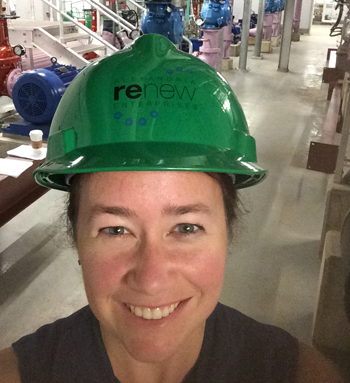
Stacey Gould
Where does your water go after it swirls down the drain? Ask Gould. She’s a chemical engineer who designs wastewater systems for the engineering consulting firm Atkins in Austin, Texas. She’s worked on many of the parts that help these systems get up and running. That has included designing the makeup of pipe systems, modeling systems that treat dirty water so it can be used again and coordinating with groups that can be affected by the development of these systems.
Before she got into water, Gould worked with semiconductors — solid substances that can carry electricity.
Meha Jha
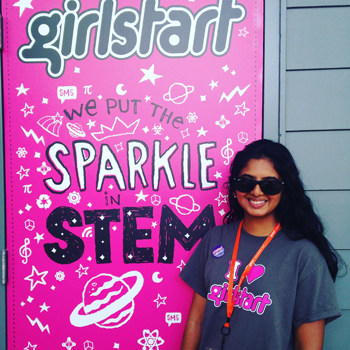
Jha is putting her chemical engineering expertise to work on surge relief systems. She works for Emerson, a company headquartered in Missouri. When liquids — such as gasoline — move through large pipes, the flow can swell to a surge or slow to a trickle. When the flow swells, the pressure of the liquid increases. If it increases too much, it can burst the pipes it’s flowing through, which can get dangerous. Jha works on products to control such surges and keep them from getting out of hand. Her work takes her around the world. “In my first two years since graduating college, I have worked [and] lived in Singapore and traveled to 14 countries,” she says.
Jha likes to share her love of science with young girls. She’s passionate about GirlStart, a group that helps girls get interested in STEM. She’s spoken at events, organized visits to her place of work and helped build paper rockets with young engineers.
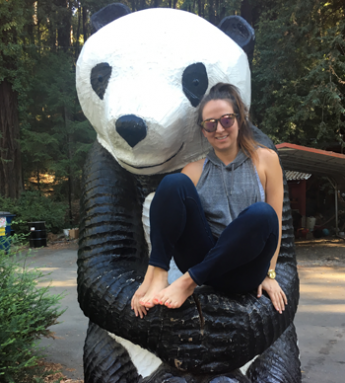
Emma Karey
If you’ve ever coughed through a cloud of cigarette smoke, you’ve been close to Karey’s research. She’s a graduate student at the University of California, Davis. “I study how environmental pollutants, like cigarette smoke and the vapors from electronic cigarettes, affect heart health using mice and rats,” she says.
Outside the lab, Karey’s one true love is Beyoncé. “To say I love Beyoncé would be an understatement,” she says. “I’ve seen her in concert 12 times in nine cities across states on both [U.S.] coasts, with two more shows coming up before the year is out! To me, she epitomizes the success that only comes after years of hard work, dedication and creativity. It’s the kind of focus I have already put into my nine years of research.”
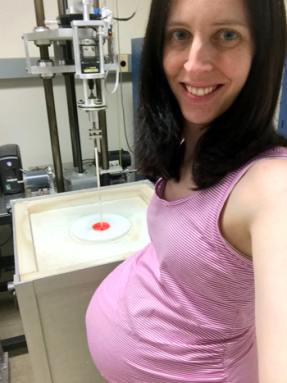
Candace Lynch
Many of us have made crystals from sugar and water. They might be tasty, but they aren’t nearly as useful as the crystals Lynch makes. She is a crystal scientist at Inrad Optics in Northvale, N.J. “As a child, I collected rocks and minerals,” she says. She never dreamed that she would find a career in growing crystals. But that’s what she does now.
“One of the most enjoyable parts of my job is learning about cutting-edge uses for the materials produced in our lab,” she says. “For one project, we grew crystals needed by the Air Force for a laser to defeat heat-seeking missiles. For that work, I was given the highest award presented by the United States Air Force to a scientist or engineer. And I was the first female recipient since the inception of the award in 1969!” Now, she works on another kind of crystal — one that glows when radioactive material is around.
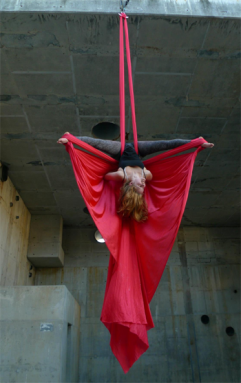
Rebecca McCloud
Chemists don’t just work with chemicals that already exist, they also make new ones. McCloud is looking forward to making all sorts of new chemicals. She’s a graduate student at the University of Virginia in Charlottesville. “I’m looking into synthesizing new drug molecules that can be used to treat people with diseases such as cancer,” she explains.
In her free time, McCloud likes to perform with silks, doing performances hanging in the air. “I love to hang upside down,” she says. “Sometimes you just need to view the world at a different angle!”
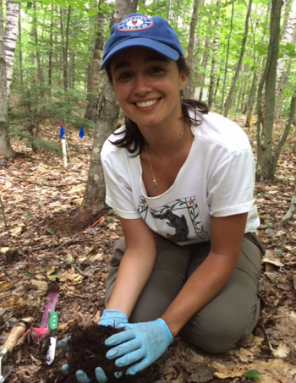
Rebecca Sanders-Demott
Chemicals are constantly moving all around us. Plants, bacteria, fungi and animals all use chemicals for food and to communicate. Sanders-Demott studies these chemical conversations. She is a graduate student in forest biogeochemistry at Boston University in Massachusetts. “I study how the biological parts of the forest (like trees, fungi and soil bacteria) interact with the geological parts (rocks, soil minerals, water),” she says. This will help her learn how important chemical elements are transformed and move into and out of the ecosystem.
Sanders-Demott didn’t always want to be a scientist, though, she says. “I’d planned to be a ballet dancer.”
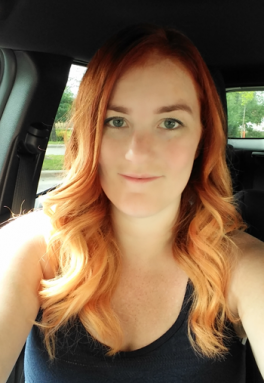
Teresa Swanson
Many people take medications to protect their hearts, but very few know how those medicines work. Swanson is figuring that out. She’s a graduate student in pharmacology — the study of how medicines interact with the body — at the University of Washington in Seattle. She takes images of medicines as they bind to tiny molecules in the heart. Her pictures are made with a technique called X-ray crystallography. They can show how the atoms in each molecule bind together.
Swanson won’t be in the lab forever, though. “I can’t wait to get into the communication side of science,” she says. “I enjoy experiencing new things and meeting new people. I’m also a bit of a Netflix addict… but aren’t we all?”
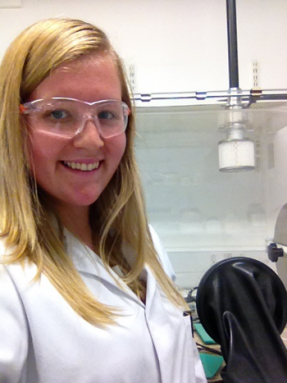
Eden Tanner
Tanner is electric! Or at least, her work is. She is a graduate student at the University of Oxford in England. She studies liquids and particles in a field called electrochemistry. That is the study of chemical reactions that create an electric current.
If you love the lab and you know it, why not sing? “I’m known in the lab for my frequent impromptu vocal performances,” Tanner says. “Especially featuring Tegan and Sara or Mary Lambert.”
Raquel Sofia Cordeiro, Elisa Liardo, Laura Leemans Martín, Lisa Marx, Federica Ruggieri, Olha Sviatenko and Aline Telzerow
These scientists are all part of Biocascades — a project bringing young researchers together from across Europe. They all study pharmacology and are working to find ways to make medicines cheaper and easier to produce.
Cordeiro (fourth from right) studies enzymes — molecules that help chemical reactions take place. She currently works in Germany at Ruhr University Bochum, but she’s originally from Lisboa in Portugal. “Besides science, I also like fashion, basketball and travelling,” she says. “In fact, travelling is the hobby that I like most. I want to go around Asia when I finish [my] PhD.”
Liardo (second from right) works at the University of Oviedo in Asturias, Spain, but originally, she’s from Italy. When she was a baby, she used to be so small, she says “I used to ride my dog, saying ‘run, little pony, run!’”
Leemans Martín (far right) is at Braunschweig University of Technology in Germany. She’s working to develop drugs to fight viruses. She’s fascinated by how the body works, including her own. “I have a funny nervous connection between the back of my neck and my hip,” she says. It “sometimes causes me tickles on the hip when I use a hairdryer.”
Marx (second from left) is getting a degree in biotechnology at the Royal Institute of Technology in Stockholm, Sweden. When she wrote us, she was having a lucky day — she had just gotten a free transport pass for Berlin in Germany.
Ruggieri (third from right) didn’t start out studying science. She began by studying languages. But now she works at SARomics Biostructures. She says she may not be good at most sports, but, boy, can she jump. “I even won a fake golden medal in a neighborhood competition [for long jump] when I was twelve,” she says. She jumped farther than a 23-year-old, 185-centimeter- (6-foot-) tall guy.
Sviatenko (third from left) is originally from the Ukraine, but now she is in graduate school at the University of Griefswald in Germany. “I like travelling and painting,” she says. “One day I would like to become an excellent scientist and painter. To my mind, it is better to set big goals.”
Telzerow (far left) is studying biotechnology at the Graz University of Technology in Austria. Science is the only constant thing in her life, she says. “I moved around in Germany — studied here and worked there — and [then] I went on to the Netherlands and Australia,” she says.
She likes best to do her traveling on foot. “I love long-distance hikes,” she says. Her favorites have been the Great Ocean Walk in Australia and the Camino de Santiago in Spain.
If you enjoyed this series, check out our post on women in astronomy and our second post on women in biology! And make sure to keep an eye out as we show off women doing medicine, math, geology and more.
Follow Eureka! Lab on Twitter







